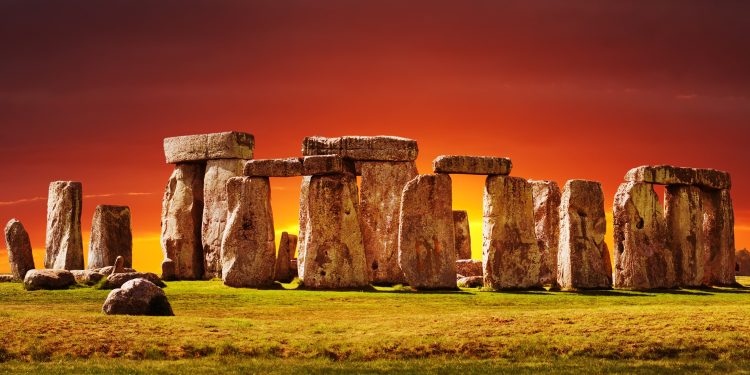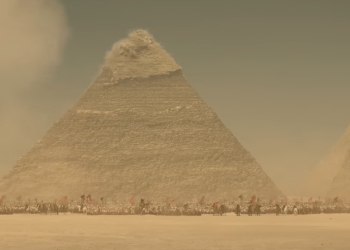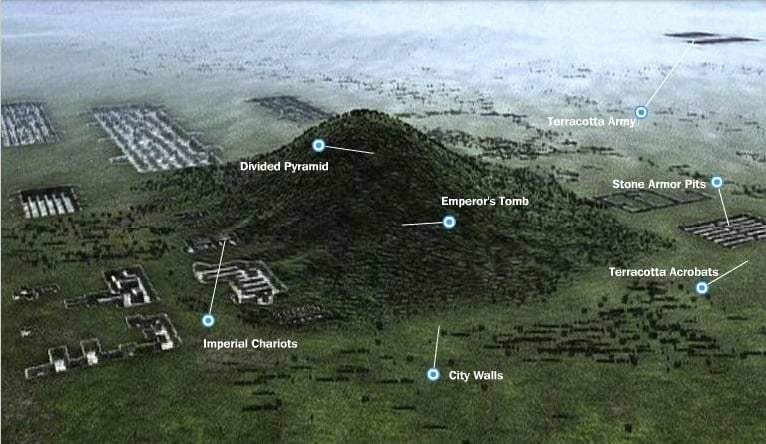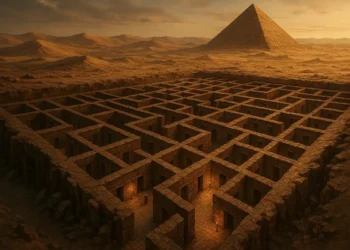Stonehenge, one of the world’s most iconic prehistoric monuments, may have been more than just a site of religious or astronomical significance. New research suggests it was constructed as a bold attempt to unify Neolithic Britain during a time of cultural upheaval and rising immigration from mainland Europe. However, the ambitious plan, rooted in political symbolism, ultimately did not succeed.
A Monument of Unity?
The theory emerges from a surprising discovery about the Altar Stone, one of Stonehenge’s central megaliths. Researchers have traced its origin to northern Scotland, some 700 kilometers away from the monument’s location in Salisbury, England. This finding adds to prior knowledge that Stonehenge’s bluestones came from Preseli Hills in Wales, roughly 225 kilometers away, and its massive sarsen stones were quarried just 24 kilometers north of the site.
According to Professor Mike Parker Pearson, “The fact that all of its stones originated from distant regions, making it unique among over 900 stone circles in Britain, suggests the monument had a political as well as a religious purpose – as a unifying symbol for the peoples of Britain, celebrating their eternal links with their ancestors and the cosmos.”
Unlike other megalithic sites in Britain and Europe, which typically used stones from no more than seven kilometers away, Stonehenge’s builders transported materials across vast distances. This extraordinary effort may have symbolized an attempt to forge a collective identity among diverse communities across Britain.
Cultural Collaboration Across Distances
The researchers propose that the Altar Stone might have been brought to Stonehenge as a gift or offering from Neolithic communities in northern Scotland. This would represent a remarkable act of long-distance collaboration, reflecting cultural links between southern England and northern Scotland.
Archaeological evidence further supports this theory. For example, dwellings in the Neolithic village near Stonehenge, believed to have housed its builders, bear striking similarities to homes found in Orkney, northern Scotland, from the same era. Additionally, the horizontal Altar Stone mirrors the size and orientation of stones found in northern Scottish recumbent stone circles, and the graded heights of those circles are echoed in Stonehenge’s design.
A Response to Cultural Upheaval
Stonehenge’s construction coincided with a significant period of migration and societal change. Around the time the Altar Stone was integrated into the monument, people with steppe ancestry began arriving in Britain, profoundly altering the genetic and cultural makeup of the island. Researchers suggest the Altar Stone’s inclusion was an effort by Neolithic Britons to respond to this upheaval by reinforcing their identity and legitimacy.
However, the effort was ultimately unsuccessful. By the time Stonehenge was completed, the island’s Indigenous population had been entirely replaced by the steppe-derived newcomers.
As the researchers note, “As an attempt at unification, Stonehenge was ultimately a failure.” Yet the monument endures as a testament to the extraordinary vision and determination of its builders, offering insights into a transformative period in human history.











